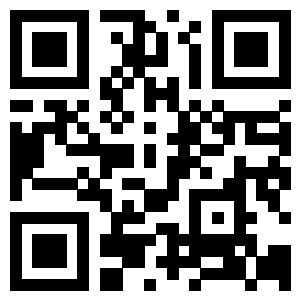Time:2020-09-05 18:30:52 Edit:ShenXun PV:741
Radio frequency identification is a non-contact automatic identification technology. The specific working principle is as follows: when an object equipped with an electronic tag approaches the microwave antenna, the reader is controlled to send out a microwave inquiry signal. After the electronic tag installed on the surface of the object receives the query signal sent by the microwave antenna, it reflects the data information in the tag back to the microwave antenna according to the command requirements in the query signal. After the microwave antenna receives the microwave synthesis signal reflected back by the electronic tag, the information such as the identification code in the electronic tag can be separated by the internal microprocessor of the reader. The identification information is transmitted to the control computer as the characteristic data of the object for further processing, so as to complete the application of information inquiry, statistics and management related to the object. The entire identification work does not require manual intervention and can work in various harsh environments. RFID technology can identify high-speed moving objects and can identify multiple tags at the same time, and the reader can determine whether the RFID tag has been repeatedly read.
The RFID system is generally composed of a reader, a transponder (tag) and an application system, and transmits information between the response medium and the interrogation medium through electric waves. The reader is generally a reading (and sometimes writing) device with an antenna and chip decoder. It can be designed as a handheld or fixed type; the reader can read and identify the stored in the electronic tag without contact Electronic data, so as to achieve the purpose of automatically identifying the body. Usually the reader is connected to the computer, and the read label information is transmitted to the computer for further processing. The application system is generally a wired or wireless management system supported by a computer. Depending on different application requirements, it is not necessary to have a background application system for a real-time intelligent controller. Tags, mainly radio frequency tags, contain an antenna in the response end, and the two form a so-called "radar transceiver", which exists in the form of cards, tags, etc.
The overall EPC network operation relies on the intervention of the RFID system and network application system to enable the effective dissemination of product information. The readers installed in different demand chain environments can read the product data stored in the label. Therefore, supply chain data can be checked, updated or exchanged in a timely manner via the network.
EPC/RFID technology application
The application of the Internet of Things technology can make e-commerce more powerful. It enables consumers to find any product in any store on the Internet, and choose it easily. In the field of logistics, RFID electronic tags can be applied to many aspects such as automatic warehouse inventory management, product logistics tracking, automatic supply chain management, product assembly and production management, and product anti-counterfeiting. Radio frequency identification (RFID) devices, infrared sensors, global positioning systems and other devices are combined with the Internet to form a huge network, so that all items can be remotely sensed and controlled, and connected with the existing network to form a smarter production Life system.
The development trend of the Internet of Things industry
Under the background that the country vigorously promotes the integration of industrialization and informatization, the Internet of Things will be a more realistic breakthrough in the informatization process of industry and even more industries. Moreover, RFID technology has some closed-loop applications in multiple fields and industries. In these first successful cases, item information has been automatically collected and online, and management efficiency has been greatly improved. Some of the dreams of the Internet of Things have been partially realized. Therefore, the embryonic form of the Internet of Things is like the early form of the Internet, the local area network. Although its role is limited, the broad prospects that it shows can no longer be questioned.
Tel
021-69986378
13681808117


Website
ly@eflearning.com